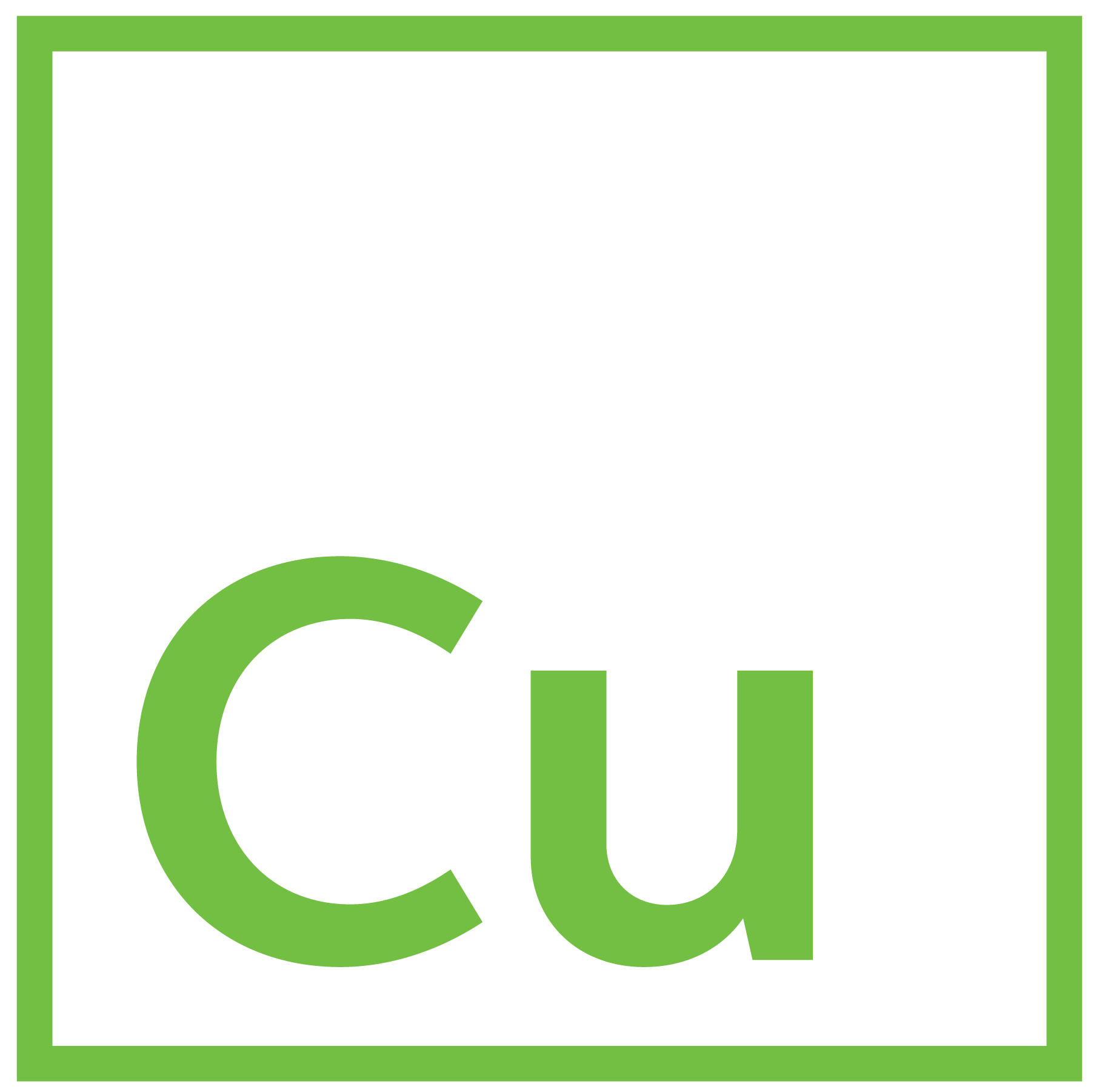It is well known that over the next 20 years, production will shift dramatically away from vehicles powered by internal combustion engines (ICE) to those powered by batteries. One might wonder if the emergence of these battery, plug-in and hybrid electric vehicles (HEVs), and associated battery technologies (all of which largely rely on cobalt, lithium and nickel), will diminish the role lead-acid batteries have traditionally played in the automotive industry – perhaps even ultimately removing the need for lead altogether.
While the EV revolution has been a key driver in the evolution of battery technology, there are a number of compelling reasons why lead-acid based batteries still have a key role to play. In this article, we will look at three key factors that support this viewpoint, namely EV changes to low-voltage battery use, recycling, and stationary energy storage.
Before we dive into those points, let’s take a step back and consider the broader picture.
History and lead-acid battery use
Frenchman Gaston Planté invented the lead-acid battery in 1859. It was by no means the world’s first battery (that honour belongs to Alessandro Volta in C1800) but Planté’s was the first battery that could be recharged. He did not file a patent for his invention, but this paved the way for further enhancements to the battery by other innovators thus enabling the early stages of automotive development.
Ever since low-voltage lead-acid batteries replaced cranks as the means to start a car’s engine (about 100 years ago), lead has been the main battery metal in cars.
Low-voltage (mostly 12 volt) lead-acid batteries have not only provided the electric current required for the starter motor (so that ICEs can actually start), but have also powered cars’ increasingly sophisticated electronic circuits. Broadly speaking this has been the status quo for lead in cars, until that is, the emergence of EVs.
As KC Chang, a Principal Analyst for IHS Markit, explains: “Lead-acid batteries are not preferred for EVs’ main batteries – they are heavy and do not have as much power density as other battery technologies.”
The lead market
Today, the global lead market is a mature market. Roughly 12 million tonnes of lead are produced and consumed every year. This equates to around 150 times the volume of the nascent lithium market, and 80 times the global cobalt market.
While prices for other battery metals like copper, cobalt and lithium have risen in anticipation of increasing demand from the EV revolution, lead prices have moved very little in comparison. As Joao Jorge, Director of Market Research and Statistics for the International Lead and Zinc Study Group (ILZSG) notes: “Lead prices have not followed [base and EV metal] trends both in 2020 and 2021 due to several external factors. The reasons go beyond the issue of electrification from a supply and demand perspective. To date, the ICE vehicle market has not seen a slowdown despite the push for greater electrification of the auto sector.”
The global lead market is mainly a battery market, with 85% of the 12 million tonne market going into batteries. Of these lead batteries, some 60% go into ICE vehicles, and the remaining 40% are used in stationary energy storage applications.
Automotive battery production is split into two groups: new vehicles (the primary Original Equipment Manufacturer (OEM) market) and replacement batteries (the secondary market). Independent metals consultant, Robin Bhar, estimates that the primary market represents roughly 15% of global lead demand, which is dwarfed by the 40% that goes into the secondary replacement market.
What do EVs actually change for the outlook of low-voltage, lead-acid batteries?
The quick answer is potentially very little. Whilst it is widely expected that EVs will represent more than half of global car production by 2030 (and only 20% of the global “car park”), all vehicles, regardless of propulsion, will and do require low-voltage batteries to operate.
What many people are missing is the fact that while lithium, or cobalt based batteries, replace the fuel tank, they do not replace the lead-acid batteries needed to power all non-propulsion circuitry.
Matt Raiford, Senior Technical Manager of the Consortium for Battery Innovation (CBI) says: “The push for EVs could actually have a positive impact upon lead demand. Not only do hybrids use a lead-acid battery in a similar way as ICE vehicles do, but plug-in hybrids and BEVs have a low-voltage lead-acid battery that turns on before the main battery to check various safety functions and to act as a backup for any of the vehicle’s autonomous driving functions.”
Raiford further explains that most EVs have two or three small lead-acid batteries, with their use going beyond basic safety functions.
Indeed, with the emergence of Absorbent Glass Mat (AGM) batteries (used for powering the ever-more power hungry circuits of modern cars), the case for lead is even more compelling.
Marc Andraca, VP Corporate Strategy, Global Supply Chain and Strategic Sourcing at Clarios confirms, “the acceleration of EV adoption is a positive tailwind for low-voltage batteries. EVs rely on the low-voltage batteries for increasingly sophisticated functions, including safety critical power.
We see an increased demand for our AGM batteries as a result and only expect that trend to continue in line with trends driving electrification and automation. Vehicles of all powertrain types will continue to need low voltage batteries.”
The most recycled product in the world
Another key reason why lead-acid based batteries may still have a key role to play in the future is their place in the circular economy. Lead is a true recycling champion. Of the 12 million tonne lead market, only 4.5 million tonnes come from primary production, with the rest coming from recycling. This is mainly due to battery recycling.
Raiford notes that lead-acid batteries are the most recycled product in the world, with about a 99% recycling rate in North America and Europe.
Other batteries, at least to some degree, can also be recycled, Bhar says, but this is not likely to be done at as high a recycling rate. One reason for lead-acid batteries’ success in this regard is that there is already an advanced recycling infrastructure in place in most major economies for these batteries. High recycling rates go hand-in-hand with high collection rates of lead-acid batteries.
What about the role of stationary charging applications?
EVs help to decarbonise the transportation sector by replacing fossil fuels with electricity. That goes hand-in-hand with the decarbonisation of the power sector where renewable energy sources replace coal and gas as power. Efficiency improvements have helped in bringing down the cost per MWh of power produced from renewable energy sources, but the intermittent nature of renewable energy sources such as wind and solar remains. Stationary battery storage, often lead-acid based, is likely to be part of the solution as it can increase the proportion of renewables’ installed capacity that can satisfy baseload energy demand.
Raiford says: “It appears as if the stationary energy storage market is entering a golden age.” This is not surprising according to Christian Mildner, Head of Corporate Sales at the LME. He says: “Since you don’t know when the wind is going to blow or when the sun is going to shine, energy storage becomes more important.”
William Adams, Head of Commodity Markets Research for Fastmarkets, argues it is not clear what the ultimate impact of the growth of these storage systems will have on the lead market. It partly depends on whether lead-acid batteries or other types of batteries are used.
Jorge agrees that, while lead-acid batteries are already being used for uninterruptible power supply systems, data centres and telecommunications applications; it is unknown to what degree they will take off in stationary energy storage given that lithium-ion batteries have also made inroads there.
There are however, several reasons why lead-acid batteries are used for stationary energy storage systems. They are less expensive, safer and more recyclable than lithium-ion batteries. Furthermore, there are concerns about potential bottlenecks in lithium and cobalt supply, especially as they become increasingly consumed for EV batteries. Also, weight (lead-acid’s weak point) is not an issue for stationary applications.
Lead’s long runway
While there are other battery technologies that are better suited to the powertrains of EVs, and there are future developments which will compete with lead-acid technology for low voltage applications, lead batteries still have a significant role to play in the green energy revolution.
To conclude that newer technologies will result in a demise of lead’s role in battery technology is, therefore, premature. For the time being, lead-acid batteries are unequalled when it comes to safety, reliability and recyclability. Andraca sums it up nicely: “Going forward, customers will have choices and lithium-ion will be an option for certain applications. However, lead-acid batteries, particularly AGM batteries, continue to be the preferred choice given their superior cost position and demonstrated reliability. Lead has a long runway in the future of automotive applications.
Published February 2022









